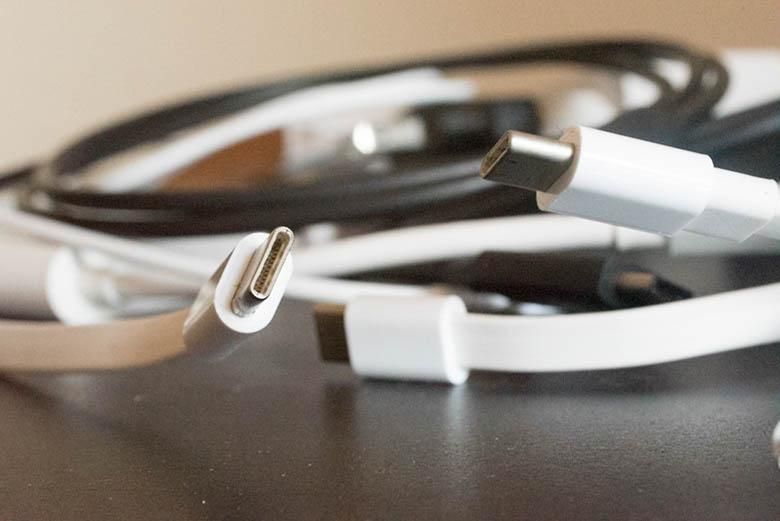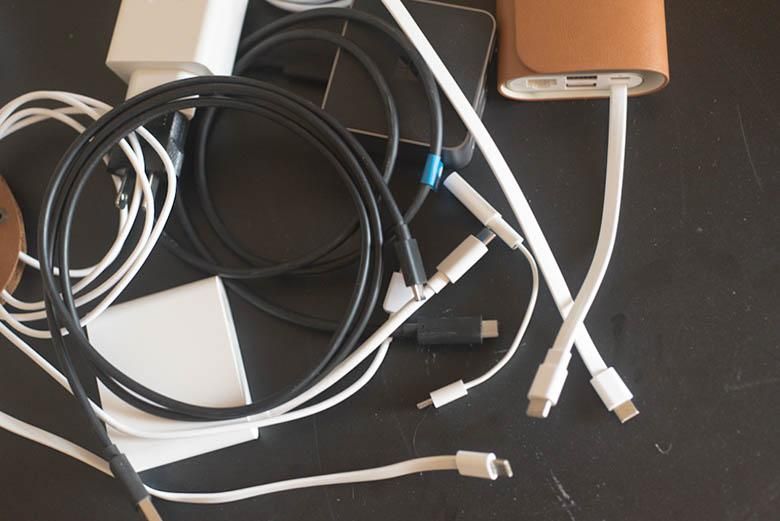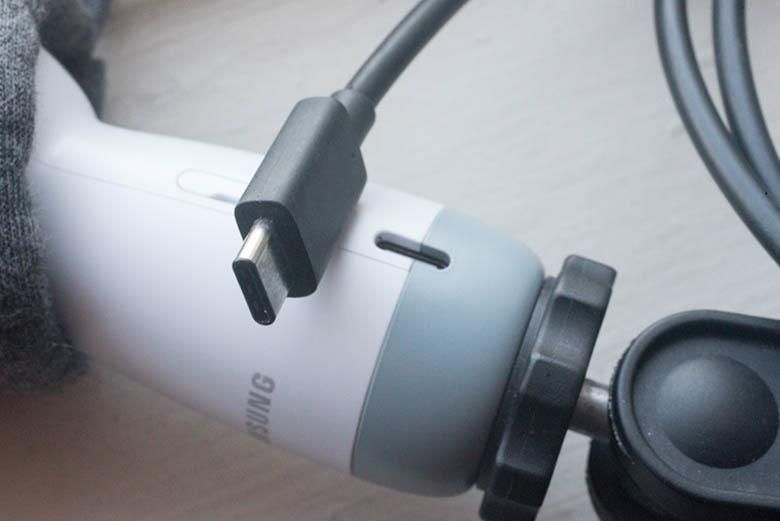Two years ago I wrote about why USB-C isn’t good enough based simply on its poor interface design and lack of forward-thinking connection properties. (TLDR; a circular or magnetic interface would have been so much better.) That was back when USB-C just started showing up as the supposed new standard for universal serial bus peripherals and wired connectivity. Today, manufacturers are getting a lot of flak for not including USB-C ports. For example, Microsoft went with the regular USB-A ports on the new Surface Pro and Surface Laptop that were recently announced. Microsoft’s reasoning for this was that USB-C really isn’t ready for consumers given the myriad of compatibility issues mainly between chargers.
Based on my limited exposure to about a dozen USB-C devices, chargers, and peripherals, those compatibility issues are even worse and honestly pretty frustrating. I’ve got all sorts of USB-C stuff from Samsung, Huawei, Wacom, Microsoft, and Alcatel and none of them are universally compatible.
One weekend I packed the Samsung Galaxy Book with its USB-C charger, plus the Gear 360 which I know uses the same USB-C charger, and a Lumia 950 which also has a USB-C port for charging, but guess what… The Samsung USB-C charger has zero effect in recharging the Lumia 950’s battery. Luckily I also had a Lumia 1020 with Micro-USB and a separate, reliable Micro-USB charger for that.
I need to label which USB-C accessories work with which devices.
Compatibility between USB-C ports and cables is a total nightmare. All the ports are the same and they fit into each other fine, but the likelihood of the chargers working between devices is difficult to predict. The Wacom Mobile Studio has its own USB-C charger and won’t charge when plugging in any other chargers I own. The Samsung devices all seem to charge from the same Samsung chargers, but the Huawei charger is again incompatible. Samsung chargers do charge my Alcatel IDOL 4S Windows phone, but not my Lumia 950. Even the 2016 Huawei Matebook charger is not compatible with the 2017 Huawei Matebook X.
After I got home from that weekend, I wanted to process, edit, and post a 360 video from clips I had recorded with the Samsung Gear 360. I’ve got the software on the Galaxy Book, so theoretically all I’d have to do is plug the Gear 360 into the Galaxy Book using a male-to-male USB-C cable. I have two of those at home and one in the office ready for such an occasion. Did any of them actually work? Nope! One of them did show an “unrecognized USB device error” in Windows 10 while the others showed nothing at all. Instead, I had to use a male USB-C to female USB-A adapter/dongle on the Galaxy Book, and then a male USB-A to male USB-C cable to connect the Gear 360, and that worked out fine.
What are the chances of this wire working with this device?
I’ve also got a number of accessories and port expanders that have USB-C ports. I’ve got one from Microsoft that enables Continuum connections on Windows Phones, I’ve got a Wacom Link that allows the Wacom Mobile Studio to become a pen display for desktop PCs, and I’ve got a Huawei Dock with a number of extra ports as well. One would expect that if I’ve got a USB-C dock that it should work with any other device that has a USB-C port. Of course, that’s not true at all.
My colleague, Joe Levi, here at Pocketnow says, “Unfortunately, there are Type C cables and accessories which are USB 2, USB 3, Thunder Bolt 3, and even non-spec’d. It seems that most of them don’t follow the USB spec – they just have the universal connector… We need to have an official ‘Approved by Benson L.’ stamp, similar to Underwriter Labs for electrical components for anything USB-C.”
Benson Leung is a Google employee who has been posting reviews of all sorts of USB-C cables and peripherals on Google+ and Amazon so as to help consumers identify which products will actually work with which other products. You can find most of his reviews here, which are mainly criticizing 3rd party cables and peripherals, but as is my experience, first party peripherals aren’t very good at supporting all scenarios either. I’m not an engineer who understands or cares about all the different possible specifications and capabilities that could be built into USB-C devices and wires, but from a consumer perspective, these compatibility issues are pretty annoying.
How many USB-C devices and peripherals have you used? Do they all work together?



